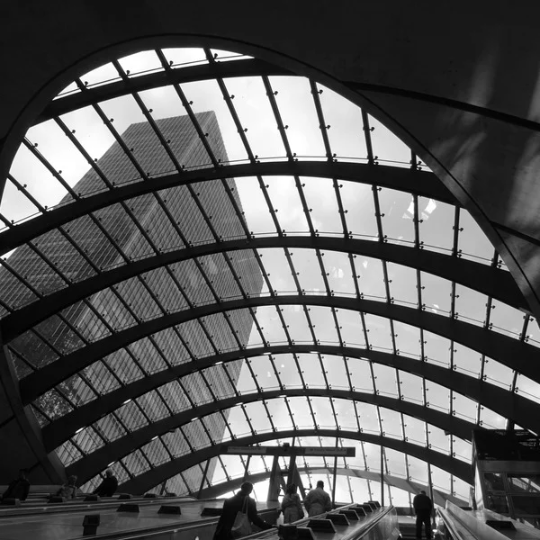“We cannot agree on everything, but we must agree on the framework.”
Benny Gantz
Introduction
Successful organisations realise the importance of having a clearly defined strategic implementation framework. This framework serves as the organisational compass, helping to align leadership, guide decision-making, and shape strategy execution. One of the most practical approaches centres around what we call the 3 Ps of Strategy: Purpose Planning, Positioning, and Persistence. This trio provides a cohesive model to drive clarity, consistency, and competitive advantage.
The 3 Ps of a Strategic Framework
There are multiple interpretations of the “Three Ps” in strategy. However, for a practical strategy execution model, the following components are the most impactful:
- Planning: Strategic planning is the cornerstone, as it defines the organisation’s long-term direction and vision, as well as its key strategic priorities. It provides the “why” and “what” behind strategic action.
- Positioning: This refers to how an organisation differentiates itself in the market. It involves identifying a unique value proposition, understanding customer segments, analysing competitors, and shaping its brand identity.
- Persistence: Strategy is not a one-off exercise. Persistence involves disciplined execution, ongoing performance monitoring, adaptability to change, and a commitment to creating long-term value.
Together, these components ensure that strategy is not only designed but operationalised and sustained in the long run.
Benefits of Using a Strategic Framework
A well-defined strategic framework offers several advantages:
- Focus and Alignment: Ensures that all levels of the organisation are working toward common strategic priorities, thereby reducing ambiguity and internal misalignment.
- Customer and Market Insight: Enhances understanding of customer needs and market dynamics, leading to informed decisions and a better market fit.
- Execution Discipline: Promotes consistency in decision making, resource allocation, and performance tracking across departments.
- Strategic Agility: When implemented with flexibility, it enables organisations to remain proactive amid volatility and uncertainty.
Limitations and Considerations
While strategic frameworks are powerful tools, they come with challenges:
- Forecasting Uncertainty: Rigid plans may falter in rapidly evolving environments where assumptions become obsolete.
- Implementation Rigidity: Overly structured frameworks can hinder responsiveness and limit innovation.
- Context Misfit: Not all frameworks are equally applicable; context, culture, and industry dynamics must be taken into account.
To mitigate these risks, leading organisations incorporate flexibility, scenario planning, and regular strategic reviews into their frameworks.
Conclusion
When used effectively, a strategic framework built on Planning, Positioning, and Persistence provides clear direction, strengthens competitive advantage, and fosters organisational resilience. Although the future is not always predictable, aligning around a standard strategic structure ensures that the organisation advances with purpose and cohesion.
About the Author
Loay Dirar is a seasoned corporate strategy and transformation advisor with over 21 years of experience in management consulting and strategy. He specialises in enabling organisations to achieve sustainable growth, operational excellence, and strategic resilience. His expertise spans strategy formulation, mergers and acquisitions, change management, and strategic risk management. Loay has advised more than 40 organisations across the MENA region and globally, and holds a Master’s degree in Strategic Planning from Edinburgh Business School, as well as multiple professional certifications.










